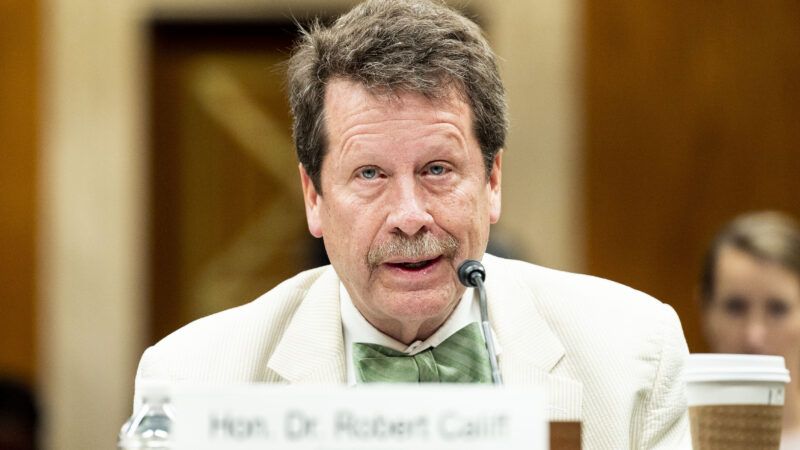E-visits tested as way to help people to quit smoking
Primary care is the best way to reach smokers, but primary care providers in rural areas – where people are more likely to smoke – are already overwhelmed. A study seeks to use e-visits to bridge the gap
Grant and Award AnnouncementPeople who live in rural areas are both more likely to smoke and less likely to quit than people in nonrural areas, said MUSC Hollings Cancer Center researcher Jennifer Dahne, Ph.D.
Dahne, a clinical psychologist who focuses on cigarette smoking among vulnerable populations, wants to reach these people and help them to become former smokers – and along the way reduce their risks for a dozen kinds of cancer.
Dahne also serves as the co-director of remote and virtual trials for the South Carolina Clinical & Translational Research Institute based at MUSC. A remote trial, anchored by the primary care providers in their communities whom patients know and trust, looked like a possibility to help people in rural areas to quit smoking.
She’s now leading a team of researchers and clinicians, including primary care providers in communities served by MUSC Health-Florence Division and MUSC Health-Lancaster Division, on a $4.6 million grant from the National Cancer Institute to test whether a proactive electronic visit would help to promote smoking cessation.
Florence Division Chief Medical Officer Rami Zebian, M.D., is excited about the opportunity to get smoking cessation help to more people.
“This is something that's very much needed in our areas,” he said. “The percentage of smokers in Florence and Marion is huge, much higher than Charleston.”
Tobacco has been integral to the Pee Dee economy since the late 19th century. Zebian said he talks to many people who say they put their kids through college on tobacco farming. But they also note that they see the long-term effects of smoking – heart disease, strokes and cancer. As a pulmonologist, Zebian deals with some of those effects, like chronic obstructive pulmonary disease and lung cancer. And he sees a pattern among his patients.
“Every single one of my patients who has quit smoking, they all tell me one thing. They say, ‘I wish I quit sooner.’”
Dahne said that primary care is one of the best places to reach people with smoking cessation aids.
“Every time you go to your doctor, they are screening you for smoking. So, we actually have pretty good data in our electronic health record to identify our patients who smoke. And we know that most adults who smoke in this country receive care for smoking cessation from their primary care providers, and that smokers are visiting primary care providers pretty regularly,” she said.
But primary care providers are swamped.
Dahne said primary care providers have told them that while they really care about helping their patients to quit smoking, they are so busy when they have in-person appointments, managing, for example, hypertension medications, doing diabetic foot exams and everything else, that oftentimes talking about smoking cessation might fall by the wayside.
Edward McCutcheon, M.D., chief medical officer of the Lancaster Division, agreed that fitting it in is a challenge.
“There's just a tremendous number of priorities that have to be addressed in a single physician visit,” he said. “Trying to convince somebody to quit smoking in a matter of minutes just doesn't happen. Patients have become dependent on tobacco, and it’s something that has happened over years. Trying to discuss the physiology and the dependency on nicotine can be a challenge, and then trying to discuss treatment options and therapy requires a lot more time.”
Instead, during this trial, patients who are identified as smokers will receive messages through MyChart inviting them to take part in e-visits for smoking cessation. The e-visits were developed during a pilot trial that showed promising results.
Dahne explained that the e-visits will look like a questionnaire. Patients will answer questions about their smoking histories, how much they smoke and whether and how they’ve tried to quit in the past. An algorithm will then present a recommendation for a smoking cessation treatment for each participant. The algorithm prioritizes the most efficacious FDA-approved medications for smoking cessation, including varenicline, a medication better known by its brand name, Chantix. At that point, patients will have the option to agree with the recommendation or request a different approach.
The computer program doesn’t do the prescribing, though. A record of the entire e-visit will be sent to the patient’s primary care provider to review, and the provider can either prescribe the recommended medication or recommend a different plan based on the patient’s medical history. In addition to medications, all patients are provided with referrals for behavioral support to either the South Carolina Tobacco Quitline or to MUSC’s tobacco treatment program. Plus, Dahne said, the providers will be compensated for the e-visit review, so the program isn’t merely adding paperwork to their days.
At the same time that this clinical trial is running in rural areas, Dahne is running a similar trial with another grant at primary care practices affiliated with MUSC Health Charleston.
“I'm really excited to have these two grants running at the same time,” Dahne said. “We’re evaluating whether this proactive electronic visit approach works to help promote smoking cessation within these rural areas and the unique implementation barriers and facilitators within these rural clinical settings. My guess is that implementation factors are very much going to differ within our rural primary care clinics and clinics that are here as part of MUSC Charleston.”
Zebian said that quitting smoking can improve health and quality of life no matter a person’s age or health status.
“A lot of times people have misconceptions like, ‘Well, my lungs are already damaged. So what's the benefit of quitting now?’” he said. But even people with lung damage can avoid needing to use oxygen if they quit, and even people who need oxygen can add months or years to their lives by quitting. People with cancer – either lung cancer or some other type of cancer – will find their bodies respond better to treatment if they quit smoking.
“We all age. We all lose lung function,” he said. “But how fast we lose lung function is very different in people who are smokers and people who do not smoke.”
For help to quit smoking, contact the MUSC Health Tobacco Treatment Program at 843-792-9101.
About MUSC Hollings Cancer Center
MUSC Hollings Cancer Center is South Carolina’s only National Cancer Institute-designated cancer center, with the largest academic-based cancer research program in the state. The cancer center comprises more than 120 faculty cancer scientists and 20 academic departments. It has an annual research funding portfolio of more than $44 million and is dedicated to preventing and reducing the cancer burden across South Carolina. Hollings offers state-of-the-art diagnostic capabilities, therapies and surgical techniques within multidisciplinary clinics that include surgeons, medical oncologists, radiation therapists, radiologists, pathologists, psychologists and other specialists equipped for the full range of cancer care, including more than 200 clinical trials across South Carolina. For more information, visit hollingscancercenter.musc.edu.



